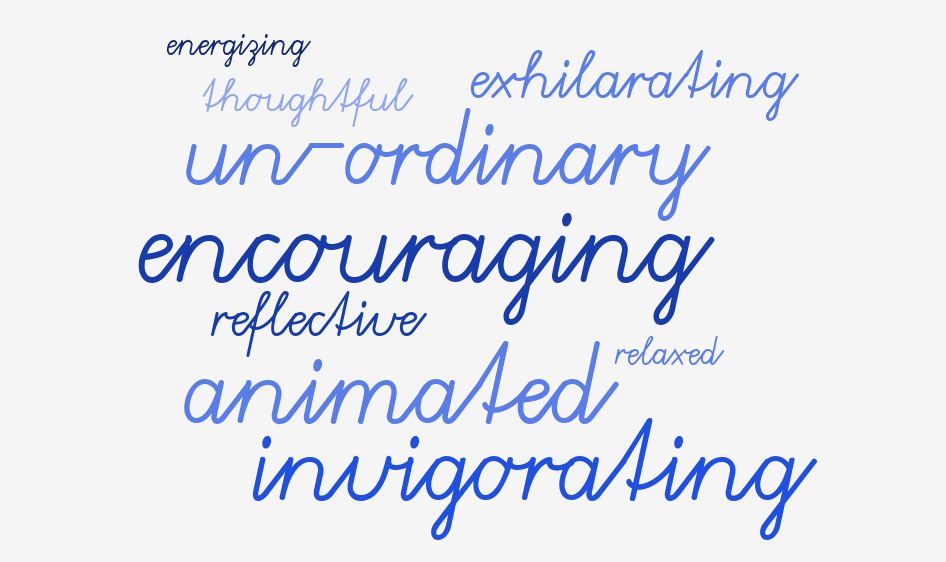|
By G. FAITH LITTLE
Professional development at the end of the school year. What does it look like? Like backwards planning for units in the classroom, we start with the end in mind when it comes to designing our annual In Practice: Teaching and Learning conference. We ask ourselves how we can best meet the needs of teachers late in the school year and how teachers will be feeling when they arrive on the morning of Chancellors Day. With the end in mind, we set our goals. Sessions are designed for teachers to:
Focusing on practice — where practice makes, not perfection, but more practice — we examine what practice looks like. Then we get busy creating each workshop! Critical reflection: We get teachers talking by creating a space for them to reflect on their experiences over the year, share promising practices, and be critically reflective about their challenges. We use multiple modalities for teacher expression — curriculum inventory, graphing and mapping, music, poetry and prose, recipes, and reflection unbound. Peer-to-peer discourse: We get teachers trying by engaging them with what they already know and do. We create a space for teachers to think about their world from new perspectives, and we do this with high interaction and engagement, rather than passive listening. This year, we explored the Danielson framework with the goal of achieving a deeper understanding of the framework, and drafting a personal action plan. Teachers are able to choose which Danielson component they want to investigate. Inspiration: We get teachers together by designing an experience that actively engages participants in a relevant topic, provides clarifying information about the topic, and creates space for them to share prior knowledge and experiences as they consider new practices. Teachers enjoy an experience of one of our signature workshop series during this session: Critical Incidents in the Classroom, Need to Know for Early-Career Teachers, Keep the Kids Talking, Literacy Unbound, Teaching 21st Century Skills, and Writing for Publication. Strategic thinking: We get teachers thinking by using sensory and design thinking strategies and incorporating academic research into the development of practice. Teachers connect personally as they build bridges to bring this work into their own classrooms. Teachers choose one of three sessions: design thinking, responding to research or sensory thinking. Teachers who arrived at In Practice in the morning, some worn out from a rough school year and others thinking about summer plans, ended the final session with one word to describe their day, calling them out from around the room:
As we closed out our day, we remembered, together, that there is no such thing as perfect. Instead, we are and will always be: in practice.
|
|
The Center for Professional Education of Teachers (CPET) at Teachers College, Columbia University is committed to making excellent and equitable education accessible worldwide. CPET unites theory and practice to promote transformational change. We design innovative projects, cultivate sustainable partnerships, and conduct research through direct and online services to youth and educators. Grounded in adult learning theories, our six core principles structure our customized approach and expand the capacities of educators around the world.
|
ABOUT US
525 West 120th Street, Box 182 New York, NY 10027 416 Zankel Ph: (212) 678-3161 [email protected] Our Team Career Opportunities |
RESOURCES
Professional Articles Ready-to-Use Resources Teaching Today Podcast Upcoming PD Opportunities |
COACHING SERVICES
Custom Coaching Global Learning Alliance Literacy Unbound New Teacher Network Student Press Initiative |





















